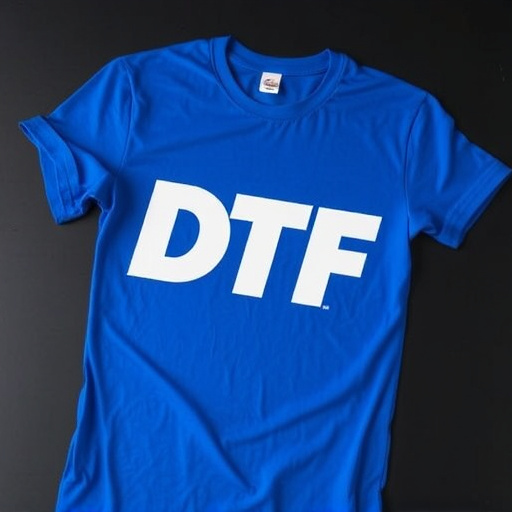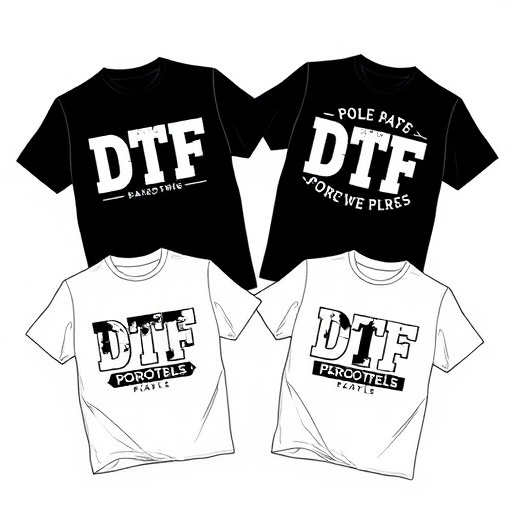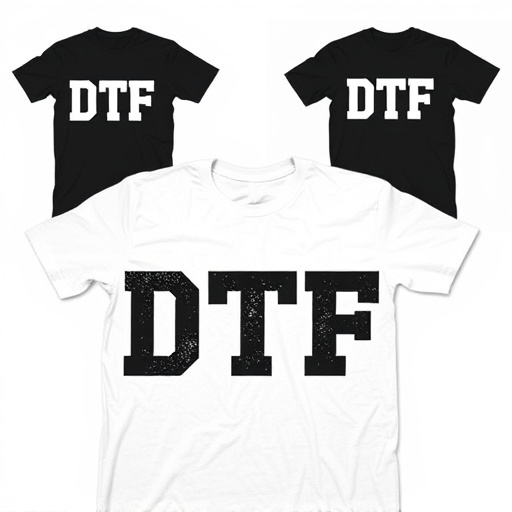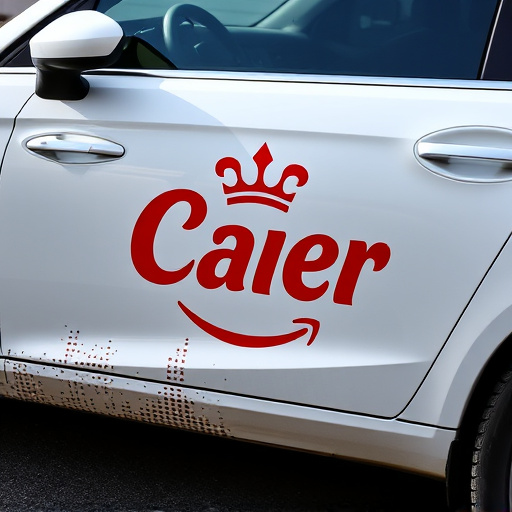The graphic design services sector has undergone a dramatic transformation driven by technology, expanding globally and raising creative standards. Designers now utilize advanced software and remote work platforms for international collaboration. While challenges like heat rejection in printing and digital asset protection arise from this interconnectedness, the industry continually seeks innovative solutions. Democratization through tools like Canva and Adobe Spark has made graphic design more accessible, boosting expectations for visual content across various platforms. Protective measures such as scratch protection and coating technologies are now crucial to maintain the quality of digital assets. Graphic design's influence extends beyond digital media, enhancing physical applications like ceramic window tinting.
In the dynamic world of graphic design services, the landscape is ever-evolving, shaped by innovative technologies and shifting client expectations. Digital tools have democratized access, raising the bar for quality and fueling demand for premium services. This article delves into what truly sets apart top-tier graphic design providers. We explore key differentiators like meticulous attention to detail, strategic brand identity development, and exclusive skillsets. Additionally, we uncover effective metrics for measuring success beyond aesthetics, emphasizing functionality, impact, client satisfaction, and tangible business outcomes in the realm of graphic design services.
- The Evolving Landscape of Graphic Design Services
- – Examining current trends and technologies shaping the industry
- – How digital tools have democratized design access and expectations
The Evolving Landscape of Graphic Design Services

The world of graphic design services has undergone a remarkable transformation in recent years, with technology playing a pivotal role in shaping its evolution. What was once a largely traditional and localized industry is now a dynamic, global marketplace where digital innovation has opened up unprecedented possibilities. Today, clients can access a vast network of designers offering diverse expertise, from intricate illustrations to sleek branding solutions. This shift has not only expanded the reach of graphic design services but also elevated the standards of quality and creativity.
The changing landscape is characterized by an increased demand for custom graphics tailored to individual needs. Designers now employ advanced software and tools to deliver visually stunning outcomes, ensuring that each project stands out. Moreover, with the rise of remote work and online platforms, clients can collaborate with designers from around the globe, fostering a truly international exchange of creative ideas. This interconnectedness has led to more unique and culturally diverse designs while also presenting challenges related to heat rejection in printing processes and scratch protection for digital assets, highlighting the need for innovative solutions within the industry.
– Examining current trends and technologies shaping the industry

The graphic design services landscape is constantly evolving, driven by innovative trends and technologies that reshape the industry. Digital tools have democratized design, making it more accessible to a wider range of creators. Advanced software now allows designers to push creative boundaries, incorporating complex effects, 3D modeling, and dynamic animation into their projects with ease. Furthermore, emerging technologies like Augmented Reality (AR) and Virtual Reality (VR) are opening up new avenues for immersive design experiences.
These advancements come with their own set of considerations. In the realm of material design, for instance, there’s a growing emphasis on durability and protection. Features such as heat rejection, scratch protection, and UV protection are becoming integral to the packaging and printing process, ensuring that designs not only look stunning but also stand the test of time and environmental factors. This fusion of aesthetics and functionality is what truly sets premium graphic design services apart in today’s competitive market.
– How digital tools have democratized design access and expectations

In today’s digital era, graphic design has become increasingly accessible to a broader audience thanks to advanced digital tools and platforms. This accessibility has democratized design, enabling individuals and small businesses to create visually appealing content without specialized training or significant investment in graphic design services. Tools like Canva, Adobe Spark, and others offer user-friendly interfaces and pre-made templates, making professional-looking designs a reality for anyone with an internet connection.
This shift has also elevated expectations for visual content. With the proliferation of digital media, consumers are now accustomed to high-quality, eye-catching graphics across various platforms, from social media posts to marketing collateral. As a result, protective coatings and scratch protection for digital assets have become essential considerations for maintaining aesthetics and functionality. Even offline applications like ceramic window tinting benefit from thoughtful graphic design, enhancing visual appeal while offering practical benefits, reflecting the growing intertwining of design with everyday life.
In today’s digital landscape, premium graphic design services stand out by harnessing evolving trends and technologies. The democratization of design brought about by accessible digital tools has raised expectations, making it crucial for top-tier services to offer not just visually stunning creations but also tailored solutions that cater to specific client needs. By staying at the forefront of innovation and maintaining a focus on exceptional craftsmanship, high-end graphic design services continue to set themselves apart in a competitive market.














